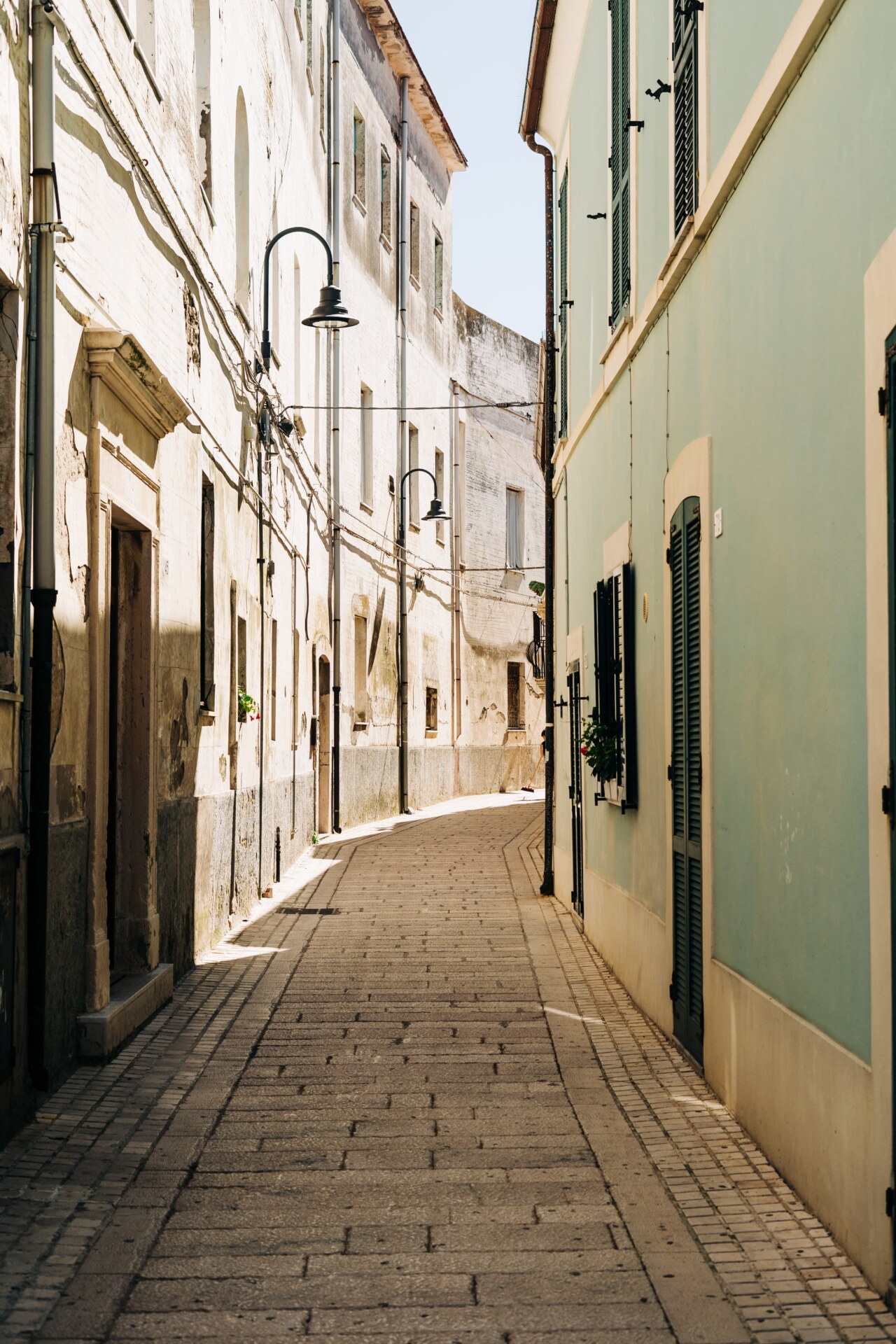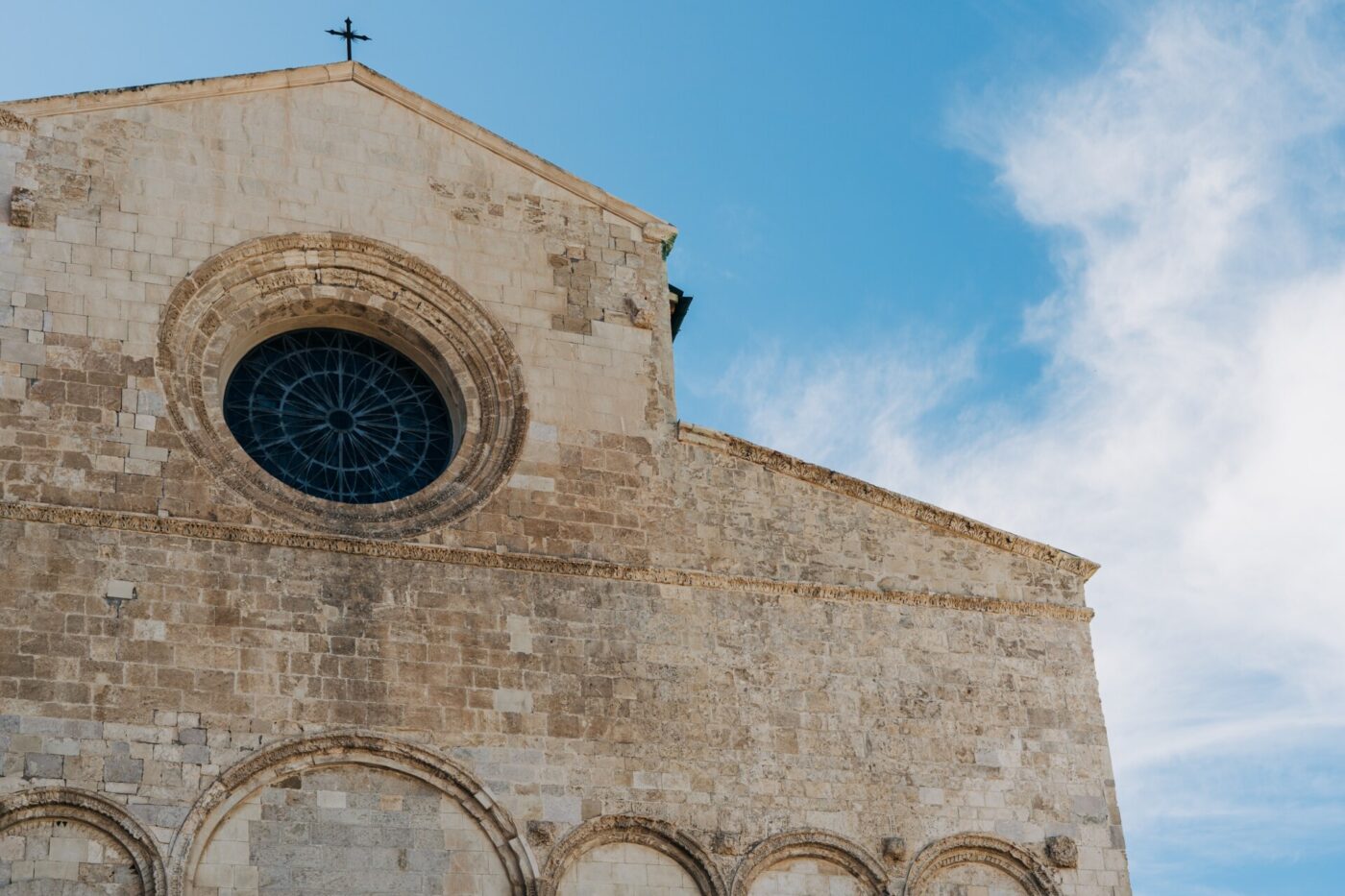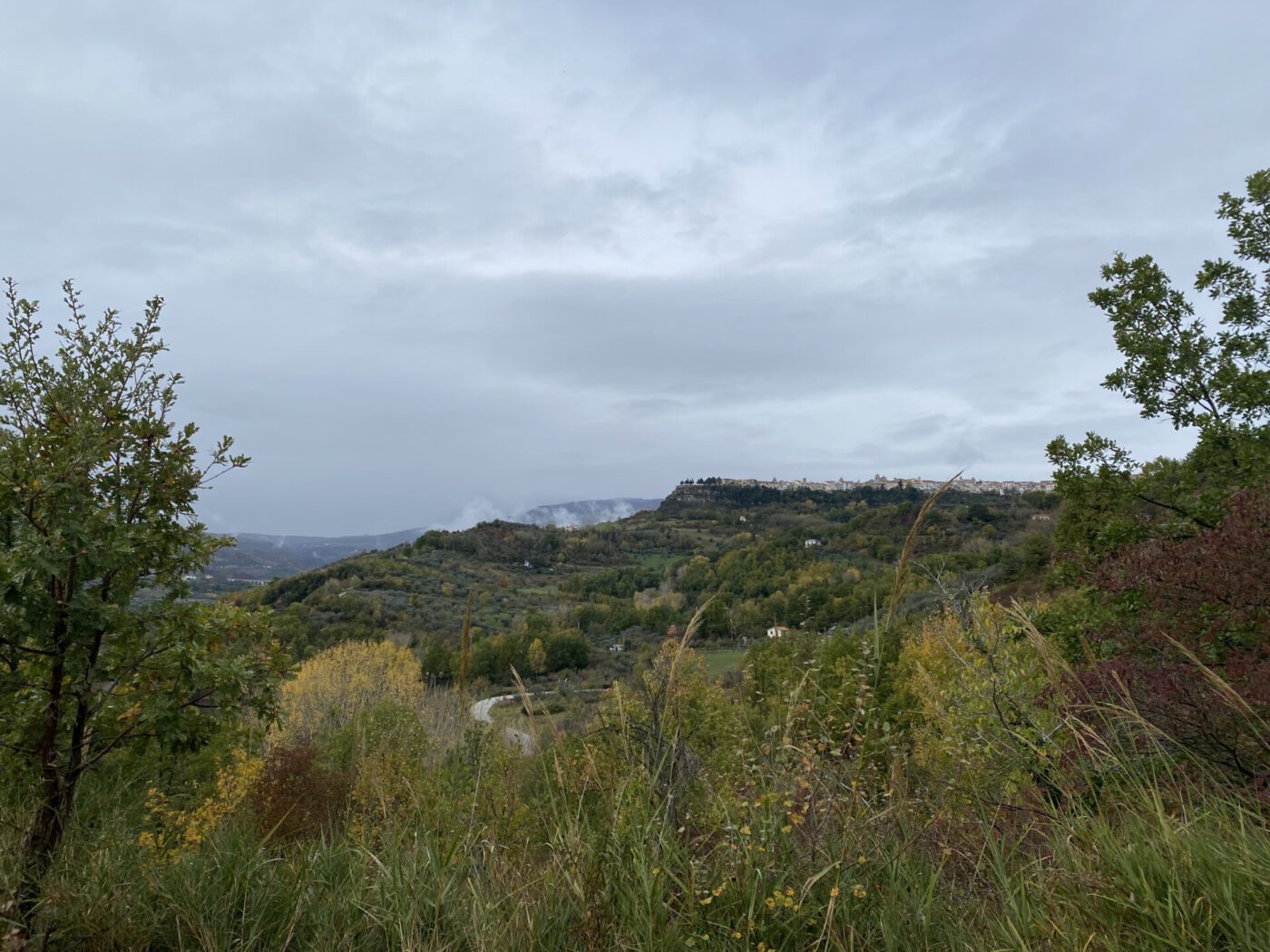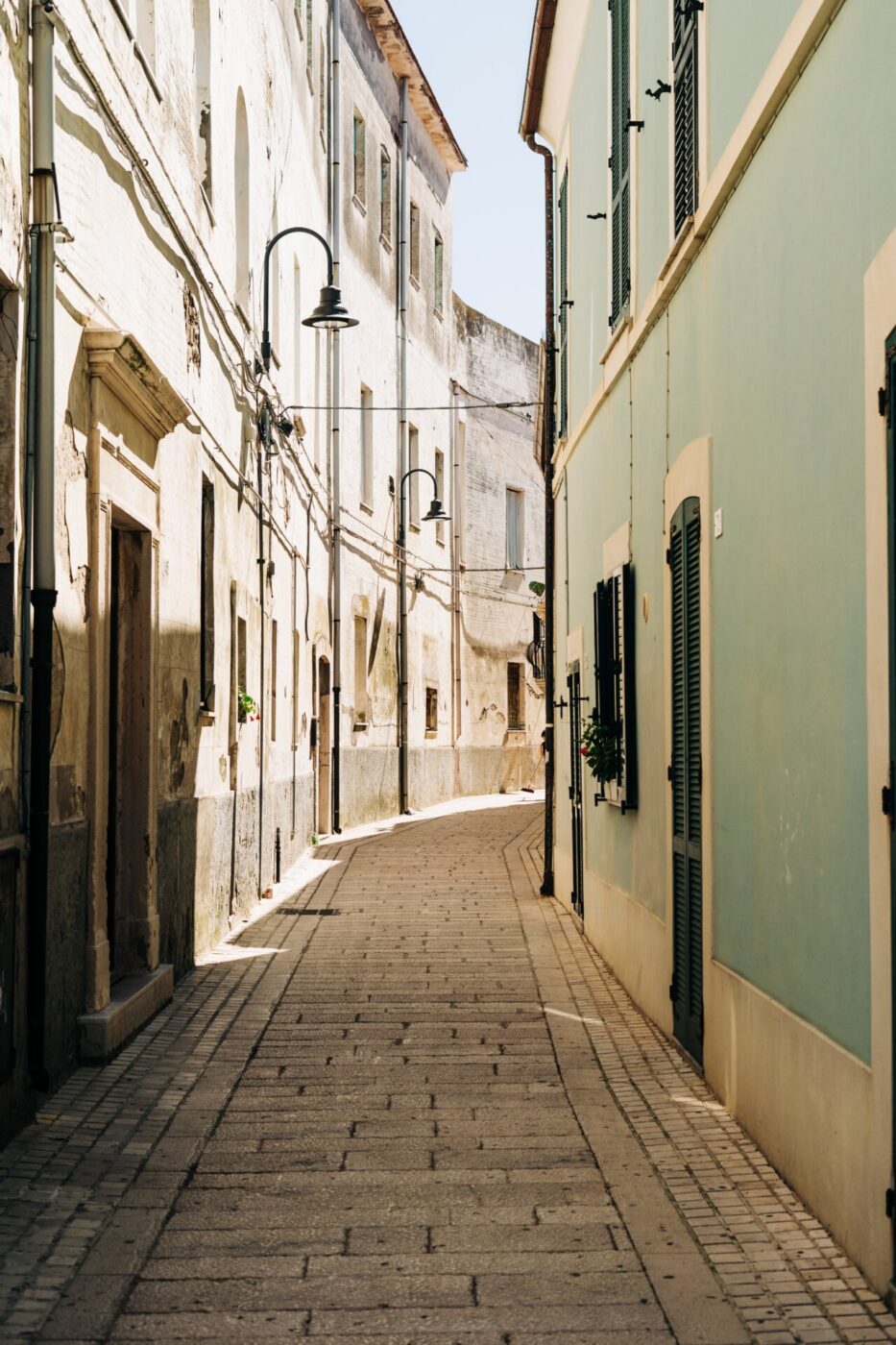On a sunny September day, Termoli’s white travertine streets sparkle under a blue sky. A castle stands watch over a golden beach with turquoise waves providing a gentle soundtrack. Café goers marvel at the neighboring Romanesque church while the town’s residents finish their daily shop before retreating to make lunch behind heavy shutters. The simple rhythms of an Italian town.
Even the most seasoned Italian insider isn’t embarrassed to admit that they haven’t visited Molise, the last region to join the Republic back in 1963 (it’s also the country’s second smallest region at just under 4,500 square kilometers). In fact, most Italians like to joke that Molise doesn’t even exist, with mugs, T-shirts, and Facebook pages trying to turn it into the butt of a national joke.
But it seems that the little region perched along the Adriatic Sea and stretching into the beautiful Apennine snow-capped mountains may have the last laugh. In a time when Italy is straining under the weight of international and national travelers—tourism returned to near pre-Covid numbers last year and the influx put places like Rome and Venice under duress. But Molise remains uncrowded and full of natural and historical beauty—beaches, mountain villages, archeological treasures, and beautiful untrammeled countryside with just wild horses and boar as its residents.
In the 19th century, many locals fled the region because of its extreme poverty; it was bombed during World War II as a front between the Allies and Germans, and the area has seen its fair share of natural disasters, but the depopulation and lack of publicity makes Molise happily peaceful to wander even when it is high season elsewhere. There is no airport, and the roads are only for the most intrepid drivers, but stops in gems like Parco delle Morge, built into the rockface, and Pietrabbondante–with its well unmatched Samnite (the fierce Italian warriors who once lorded over the region) theater-temple complex–are more than worth the thrill of getting there.
I am a not-so-secret lover of Roman history, so I became very enthralled by sights like the still standing theater and temple near Lago Guardialfiera. But even the novice archaeological buff will love Saepinum, oft described as a mini Pompeii, and a former Saminite settlement that became a Roman stronghold with its exquisitely preserved forum and complex of baths.
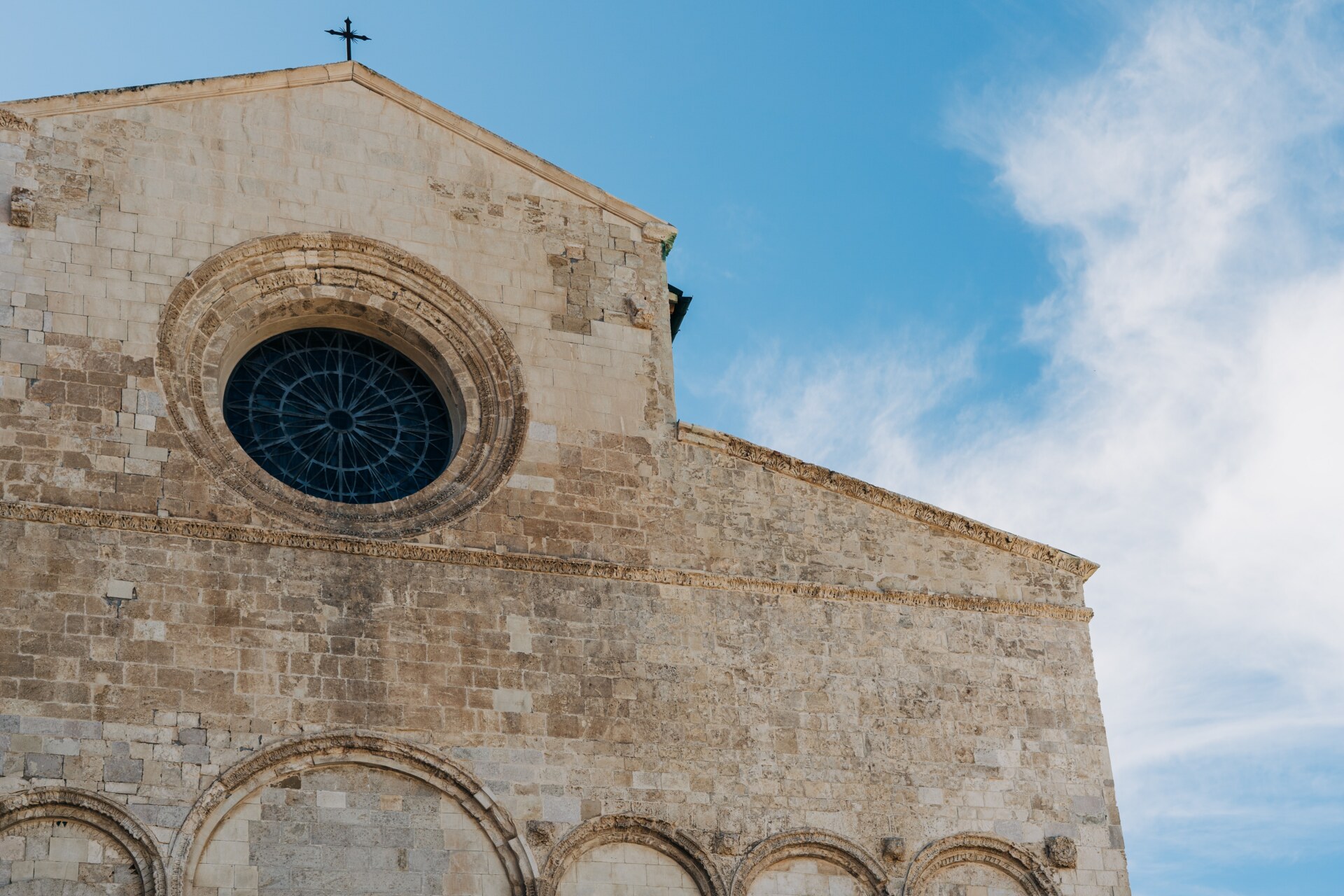
Photography by Gabriella Clare Marino
The local culture that sprang up here still holds the backbone of Molise together as a true custom for various towns rather than for a tourist plug. Festivals to plan your trip around include Termoli’s Ferragosto pageantry, when the residents reenact warding off marauding Turks (an anniversary of a battle that took place in 1566) complete with belly dancers, swashbuckling pirates, and fireworks. Ururi, on the other hand, celebrates their history with a longstanding epic oxcart race each May (blessings of the bovines take place beforehand) followed by an epic, town-wide feast. But perhaps the most beautiful festa in all of Italy is Christmas’s Ndocciata, with lit torches and a huge bonfire creating the country’s own festival of lights. Per custom, young romantics turn up under the window of their preferred Juliet—if she doesn’t want to be courted, she throws down a bucket of water to literally douse his flame.
But there are also more modern cultural innovations in the region too, like the CVT’, a Street Fest in Civitacampomarano each June. Murals and site specific installations bring culture hounds into a town that’s only home to 400 residents the rest of the year.

Art by @biancoshock for CVTA; Photo courtesy of @cvtastreetfest.
The zero kilometer culinary ethos flourishes here too, as an organic approach without a marketing plan in place (it’s just a fact of life): Carovilli is the heart of the truffle production in Molise (the second largest in Italy); la signora di Conca Casale–a pork sausage seasoned with pepperoncini, fennel pollen, and peppercorns–was created for nobles; and caciocavallo di Agnone, a cow’s milk cheese shaped like a teardrop, comes from Roman times. Don’t miss Agnone’s Locanda Mammi, helmed by up-and-coming chef Stefania Di Pasquo, and focusing on local and foraged ingredients (there are rooms upstairs too), and the family-owned Acinello in Campobasso (if you like trippa, or tripe, this is the place to order it!).
In Agnone, the Marinelli Bell Foundry opened its doors back in 1339 and holds the prize for being Italy’s oldest family business. In fact, the foundry even provides the bells to the Vatican. It seems ironic that such an auspicious piece of the country is hidden away in a remote corner of Molise, but it seems the region is content to not ring its own bell. But, if you make the trip, I promise you won’t regret it.
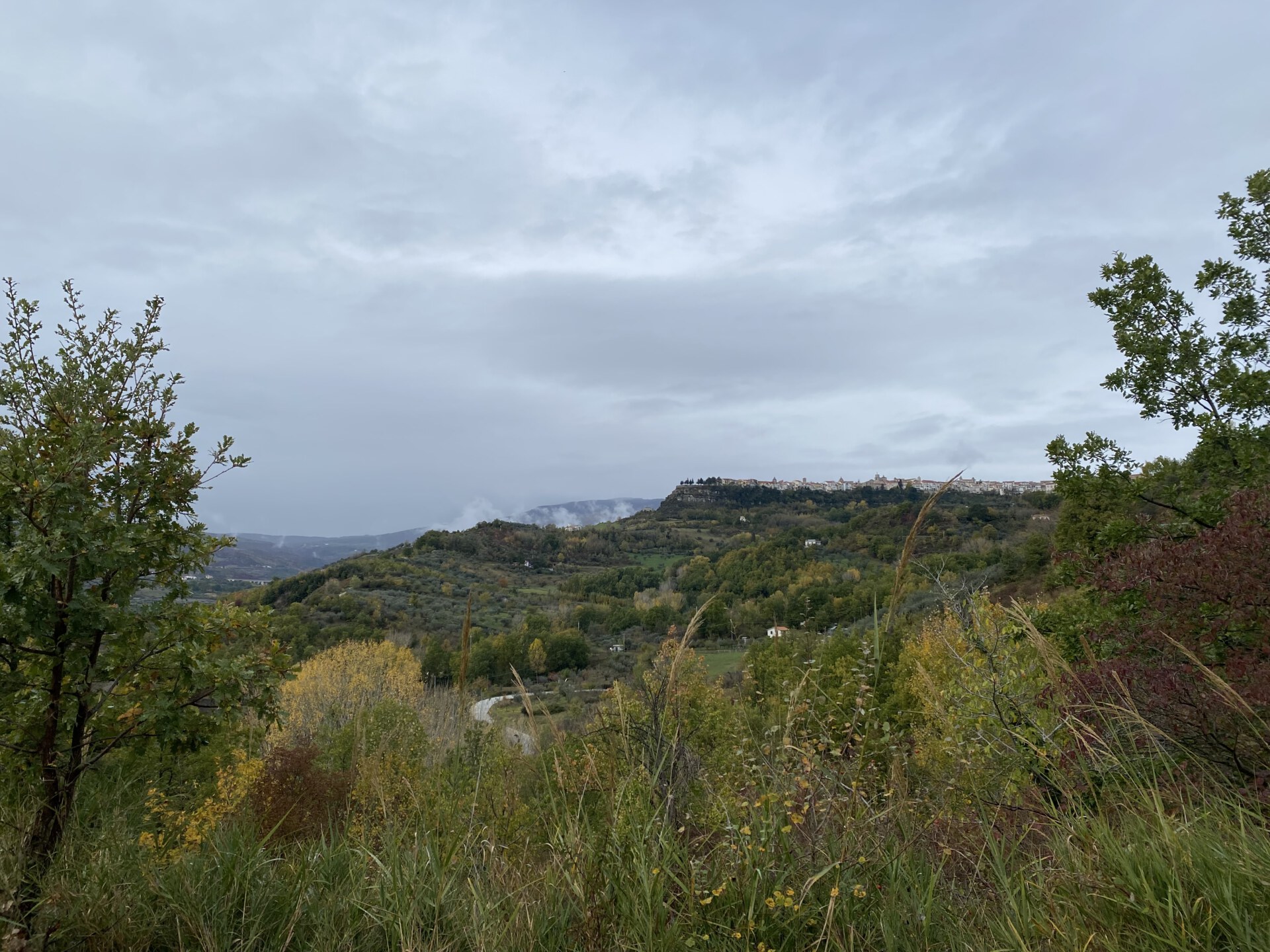
Agnone
If You Go:
The region doesn’t have its own airport, so fly into Pescara or Naples instead. A rental car is a must to really see Molise properly, and if your trip coincides with the season of the “Trans-Siberian Train”, don’t miss a day’s worth of adventure that passes from Abruzzo’s Sulmona into the National Parks of Molise and back.
Unless you plan on skiing (Campitello Matese has 40 kilometers of excellent runs and trails), avoid January and February in the region. Instead, concentrate on March until December when Molise comes to life with festivals and natural attractions.
Among the hotels worth booking in advance is Termoli’s Residenza Sveva, with atmospheric rooms scattered around this not-to-be-missed seafront town, and Fonte del Benessere in Castelpetroso with spa amenities and kid-friendly activities.
